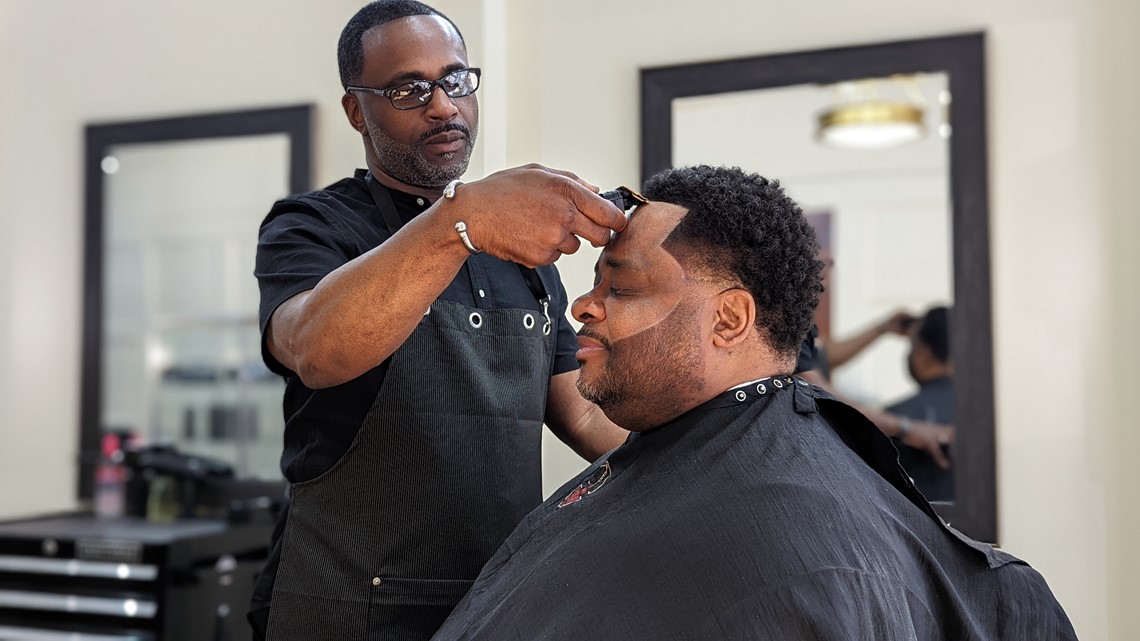While consulting a hair professional, being able to clearly communicate your desired hairstyle is essential for achieving the intended appearance. A well-defined description enables the stylist interpret your vision and minimizes the chances of misunderstanding. To ensure that you get the haircut you want, it is important to get ready in advance and think about several key factors when expressing your style goals. These factors include hair length, texture, design, and any specific elements that you would like to incorporate.
First, consider the length of your hair. Haircuts can range from very short styles like pixies to long layers that fall below the shoulders. It is helpful to specify whether you want a trim, a significant cut, or a complete transformation. Using precise terms such as "shoulder-length" or "mid-back" can provide clarity. Additionally, discussing the possibility of bangs or layers helps the stylist visualize your request more accurately. Being clear about how much length you wish to maintain or remove will significantly influence the outcome of your haircut.
Secondly, hair consistency serves a crucial function in shaping how a haircut will appear. Various hair types—such as sleek, rippled, curly, or kinky—respond differently to various styles. When explaining your ideal cut, it is important to mention your hair's inherent texture and whether you plan to utilize any styling tools or formulations. For read the article example, if you have dense hair, you may want to request for thinning techniques to minimize bulkiness. Alternatively, if your tresses is fine, you might opt for layers that add fullness. This information allows the professional to customize the style based on how your strands behaves.

In addition to length and texture, discussing the general look you want can offer guidance for the stylist. There are numerous hairstyles to choose from, including timeless styles you could try this out like bobs and modern variations like angled cuts. It is beneficial to provide references of looks that you like—these could be images from magazines or social media platforms. Pointing out distinct elements such as soft edges, defined outlines, or stacked layering can help conveying your idea more clearly. This ensures that both you and your stylist are on the same page regarding style direction.
Lastly, don't neglect to include any unique features that might elevate your haircut. This could include factors such as face shape or personal style preferences that affect the final appearance. For instance, those with round faces might prefer soft angles to lengthen their appearance, while individuals with angular face shapes may opt for softer layers to diminish their jawline. In addition, talking about shade preferences can also be part of this conversation; specifying if you want accent tones or a single shade can further define your desired result.
To summarize, effectively conveying your desired style involves thoughtful consideration of several key factors: hair length, texture, look, and unique features. By preparing in ahead of time and being specific about these aspects, clients can significantly improve their visit at the salon and increase the likelihood of walking out with a haircut they are happy with. A successful consultation with a hair professional is built on open dialogue and shared expectations. This collaborative approach ensures that both guest and technician work together towards creating the perfect look.